A recent conversation about art beginnings immediately brought me to the beginning of the Renaissance, which is, many would argue, also the beginning of modern Western art. Travelers to Italy can gain a better appreciation of the wonder of Michelangelo’s David or Raphael’s delicate paintings when understanding a bit of background, i.e. the beginning of the Renaissance.
The Renaissance was born in Florence, but instead of talking about places to visit in Florence again, I’m taking a different angle. In my interest in promoting less popular sights and places where travelers can have a more authentic travel experience, I’m taking you across the hills beyond Florence to two cities that are completely worth a visit. Although not off the tourists’ path by any means, they are not nearly as bombarded with tourists as Florence.
Let me quickly mention that the beginning of the Renaissance is a complicated topic, one that art historians write books about. This post is just meant to introduce you to the most important artist of that period and two places in Italy where you can travel to see his work.
Read more: Italy Travel Tips
The Beginning of the Renaissance
The beginning of the Renaissance, particularly when considering painting, lies with Giotto. I could try to put into words how important Giotto was for the Renaissance, but I’ll leave it to the experts. This is what Frederick Hartt, holder numerous impressive titles, including Professor Emeritus of the History of Art at the University of Virginia, had to say in his comprehensive History of Italian Renaissance Art:
“Giotto di Bondone (1277-1337)…, in an astonishingly short time, revolutionized the art of Florence, of Tuscany, and in fact of most of Italy and eventually the entire Western world. The first Italian master to achieve universal importance, Giotto is unquestionably one of the most powerful artists who ever lived.”
Why was Giotto so important? In a nutshell, “The virtue of Giotto’s style for his contemporaries and successors lay in its fidelity to the human, natural, and Italian world they knew,” and that despite being religious in theme, his work conveyed a focus on the human.
He did this by showing emotion, by placing Biblical figures in places (e.g. Tuscan landscapes) that viewers would have been familiar with, and by making progress toward showing the human body realistically, one of the main goals of Renaissance art.
I have to admit that as a student of art history, I became a bit bored with Giotto. After all, the paintings of later Renaissance artists Leonardo or Botticelli or Filippo Lippi were nicer to look at, and it seemed like my professor talked about him for one or two hours too many.
Then I went to Italy and saw his frescoes in person. That’s when you can really appreciate the subtle beauty of this gifted artist. Although one can see Giotto’s work in Florence, Padua and Assisi are the places to see better preserved frescoes and what I consider his most beautiful work.
1) The Scrovegni Chapel in Padua
Padua (Padova) is a historic city in the Veneto, not far from Venice, and is home to the enormous Basilica of St. Anthony, Roman ruins, and the small Scrovegni Chapel.
One of Giotto’s earliest commissions and his largest collection of work in one place, the Scrovegni Chapel in Padua, near Venice, is an unimposing chapel whose exterior gives no clue of the beauty inside.
The chapel is small as it was designed just for the Scrovegni family to use for worship. The frescoes date from about 1306 and are in remarkable condition considering that they are 700 years old!
The ceiling is painted as a sky, with gold stars and the same deep blue that is used as the background for all the scenes. The thirty-eight scenes that cover the walls comprise two series, one of the life of Mary and the other the life of Christ. Each scene is bordered by decorative panels, as seen below:
One of the best examples of the power of Giotto’s style is Lamentation, or the scene of mourning Christ’s death. The emotion conveyed in this fresco shows how the Renaissance started.
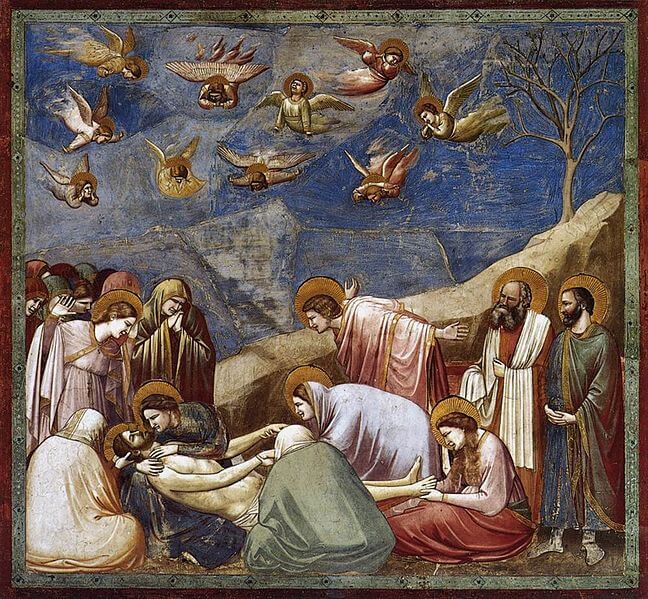
Christ’s dead body lies across his mother’s lap, and Mary Magdalene holds his feet. Various expressions of sadness can be seen in all the faces and body language. Christ’s disciple, St. John, stands with his arms outstretched. Grief is obvious in the expressions of both Marys. The tense bodies of the angels reflect the grief of the humans below.
Showing emotion like this was something new, and in doing so, Giotto began the push toward humanism that would drive the development of Renaissance art in Italy.
2) The Basilica of St. Francis, Assisi
One of my fondest memories from my study-abroad course in the Italian Renaissance was our day-trip to Assisi. The town itself is beautiful, and the cathedral of St. Francis is unforgettable, not just for its significance regarding St. Francis, but also for the extraordinary decoration inside. In fact, the church is a UNESCO World Heritage Site and holds important works from the beginning of the Renaissance.
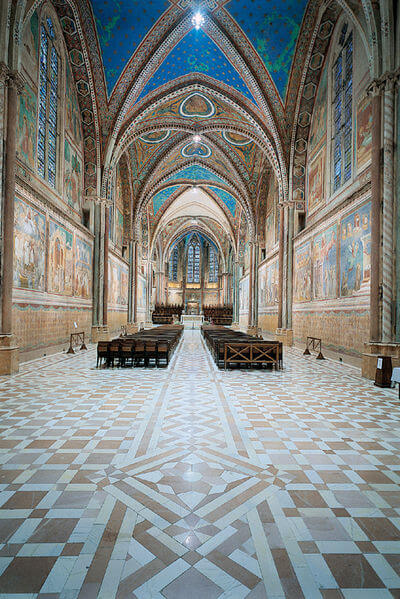
The basilica is separated into the Upper Church and the Lower Church. The Lower Church houses frescoes by several important Early Renaissance artists, including Giotto. Giotto’s cycle of the life of Christ was completed a few years after the Scrovegni Chapel in Padua but shows the evolution of his style.
In this image, emotions of sadness, disbelief, and horror are even more apparent. The bodies under the robes seem to take up more space, a step forward in depicting humans realistically.
This crucifixion scene is just one in the fresco cycle. The scenes show the life of Christ in order, so as you stand there, you can follow the story scene by scene. Seeing these large, colorful frescoes together is a powerful experience for us today despite the fact that they have deteriorated and that we’ve already been exposed to so many striking images of all kinds.
Imagine the people who lived during the early 14th century — what kind of impact would these frescoes have had on them?
When traveling in Italy, it is always worthwhile to get away from the hustle and bustle of the main sights and discover more…after all, Italy holds more World Heritage Sites than any other country. Visiting Padua and Assisi to see the beginning of the Renaissance is just one way to get to know more of Italy.
Source: Hartt, Frederick. History of Italian Renaissance Art (3rd ed.). Prentice Hall: Englewood Cliffs, NJ. 1987.
More on art in Italy:
Tips to Understanding Renaissance Paintings

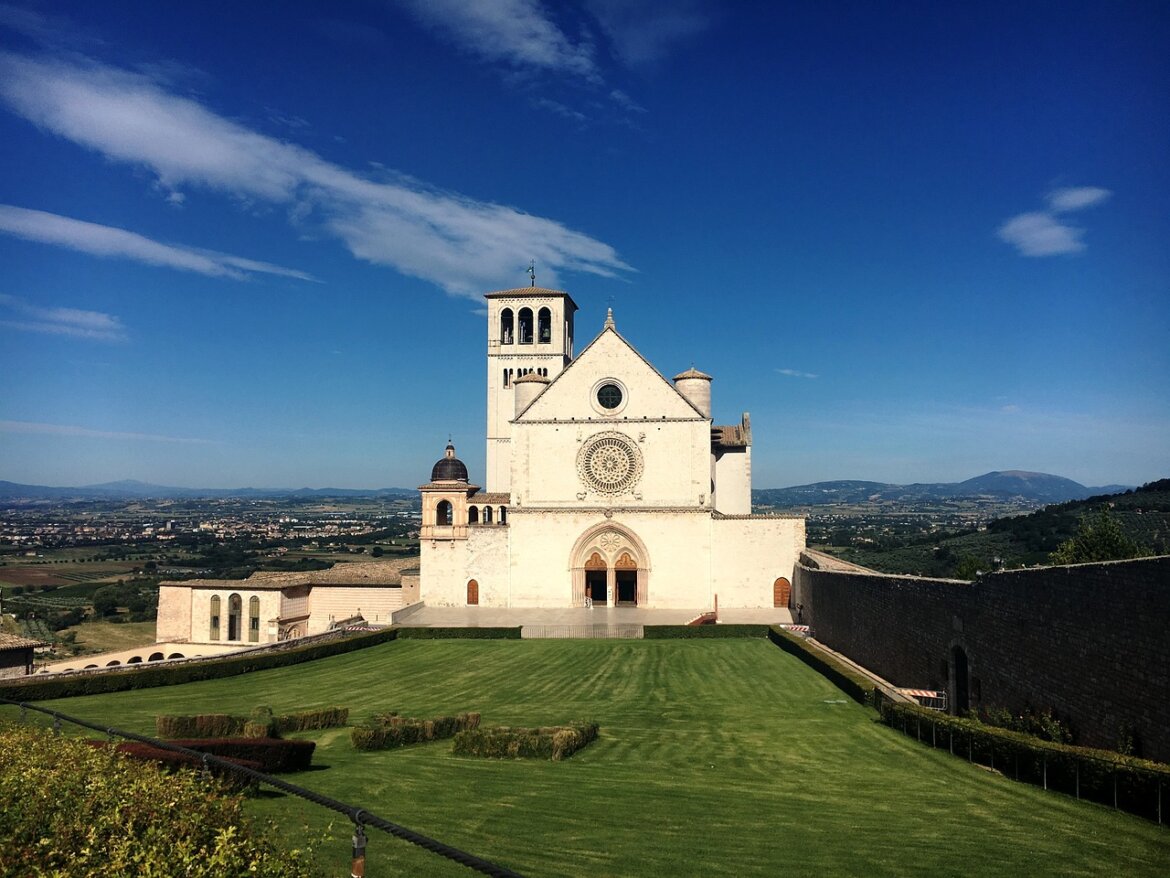
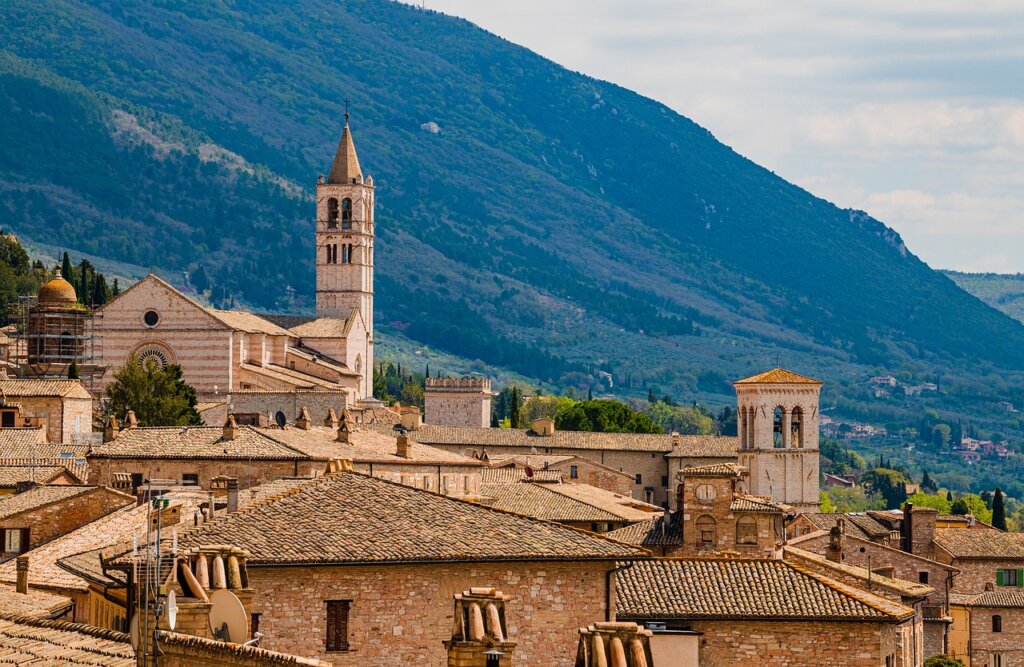
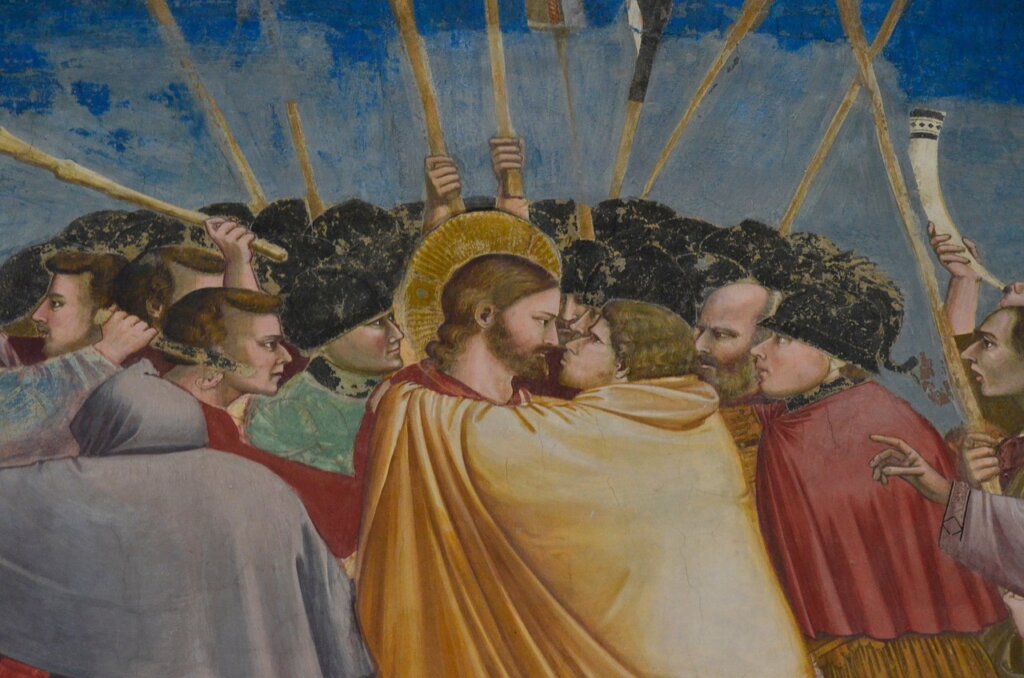
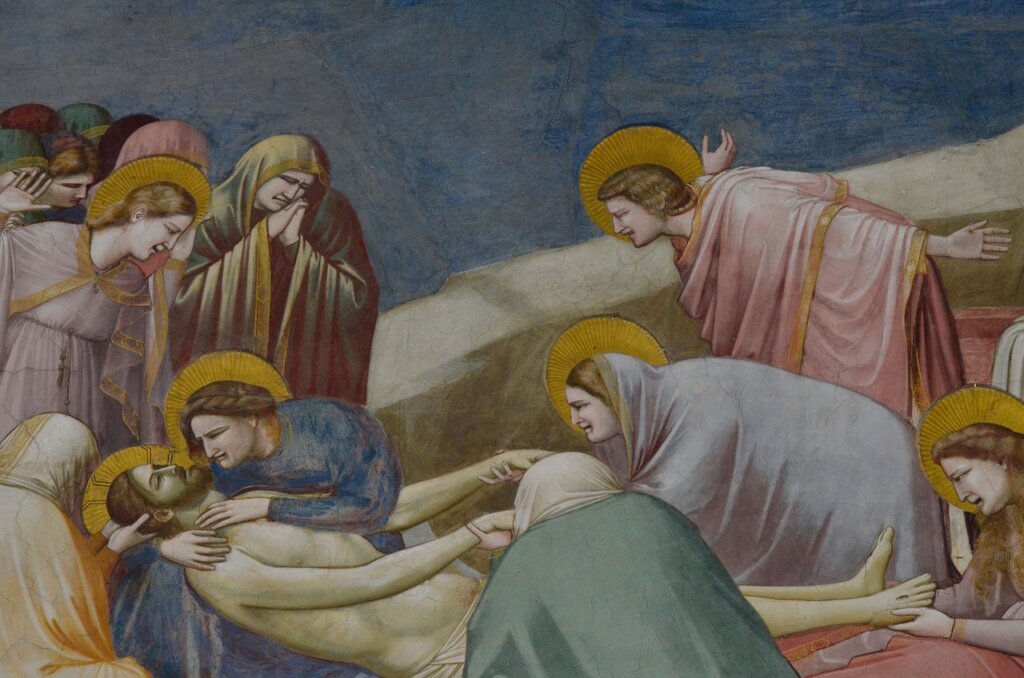
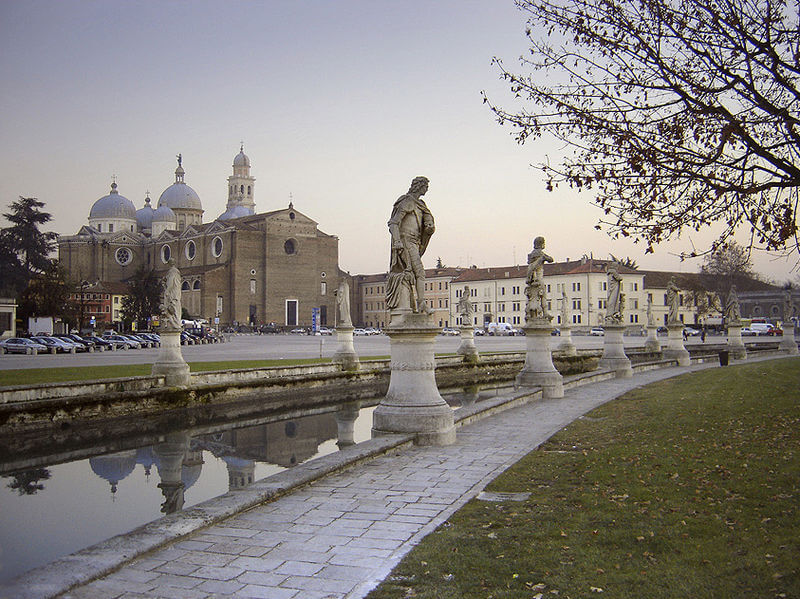
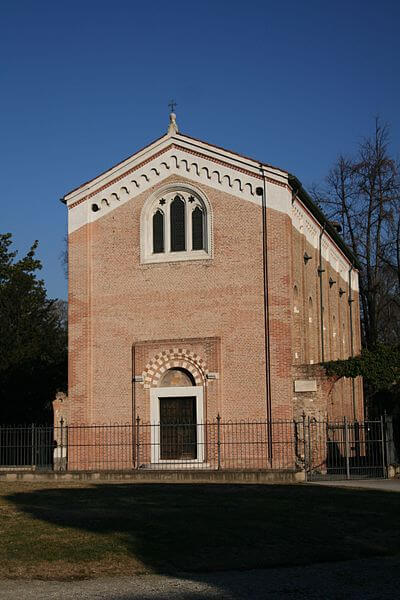
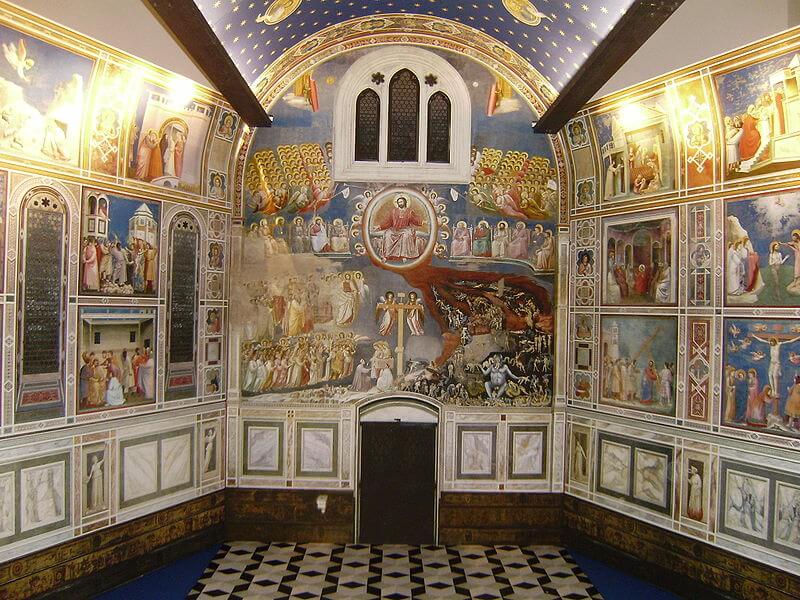
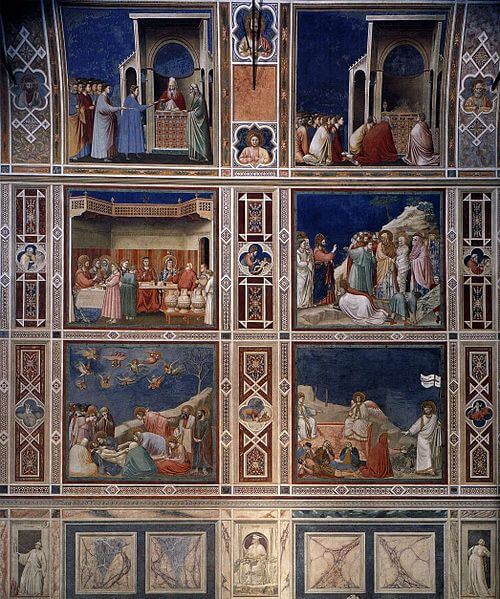
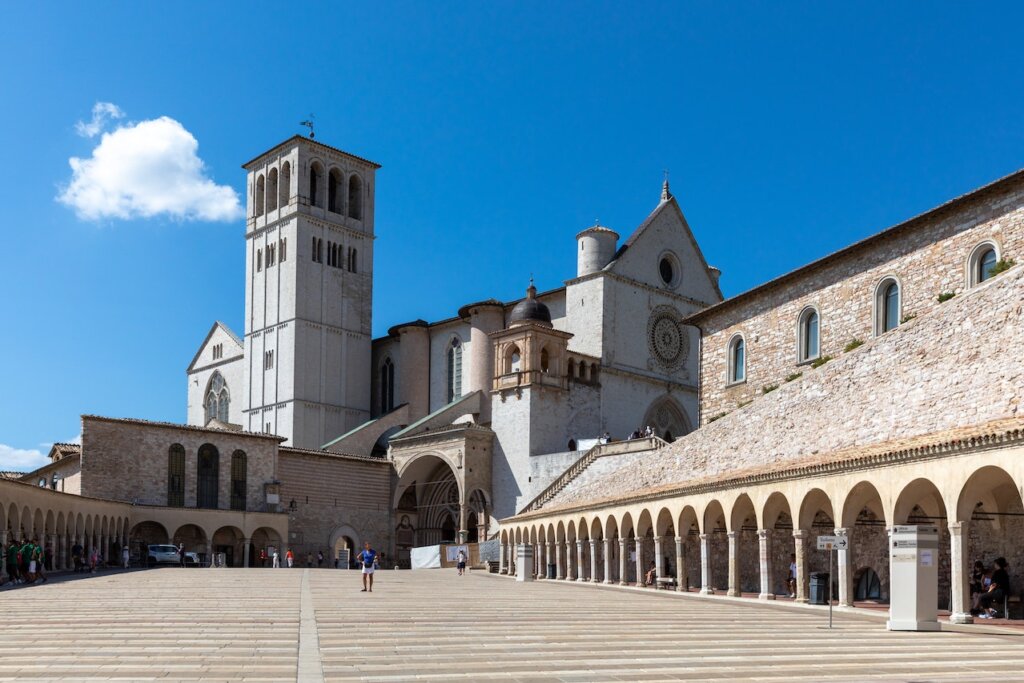
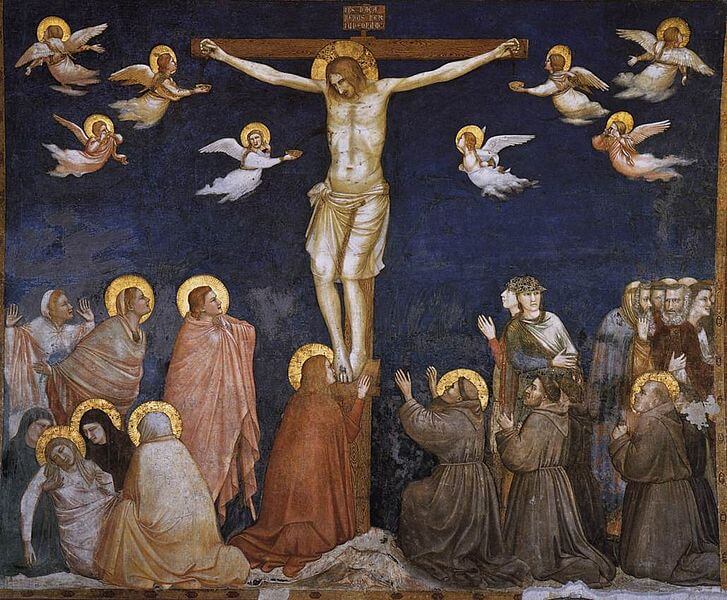
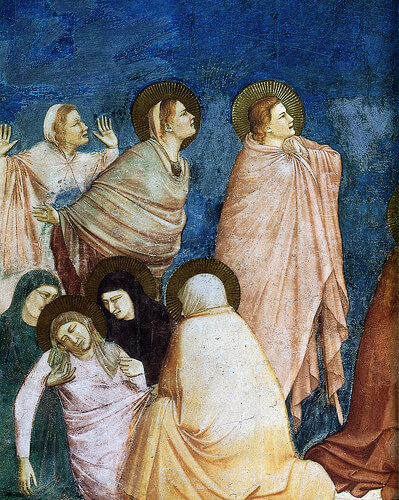
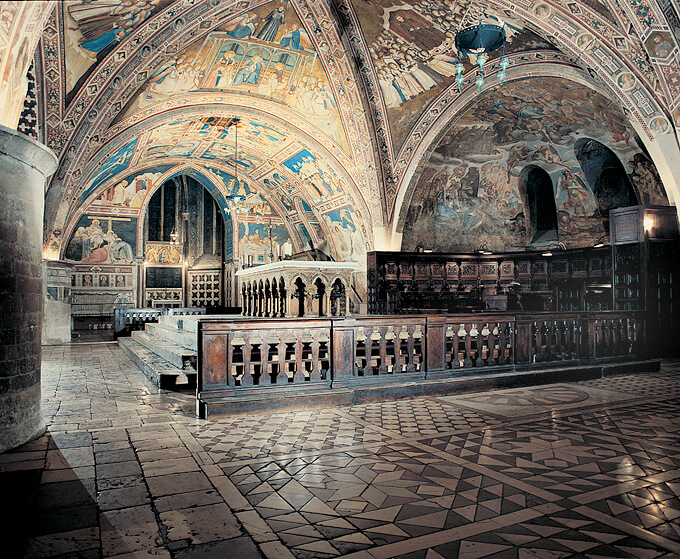
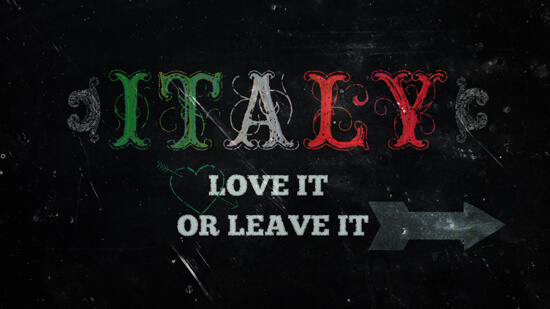
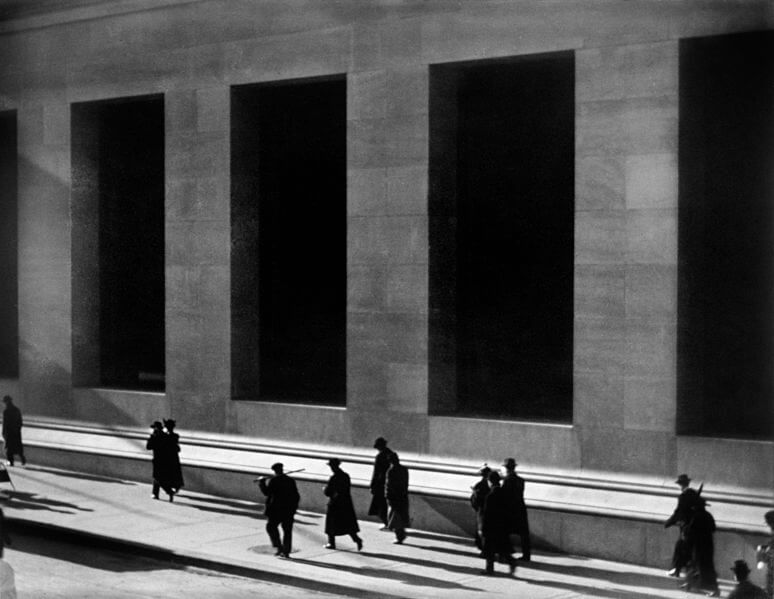
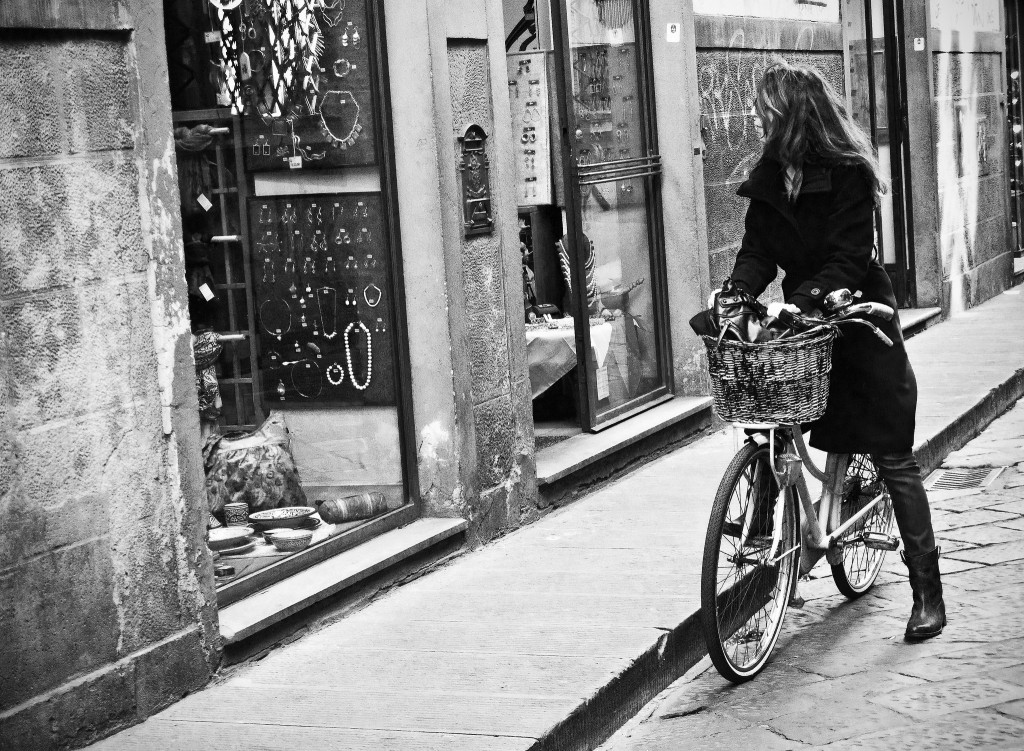
It’s amazing how many artist influenced the Renaissance that are NOT household names…thanks for letting us know about Giotto!
Glad you liked it, Charu! 🙂
Great post! I am an art history graduate.
I was fortunate enough to study art history in Italy in the summer of 2010.
We studied the Renaissance and how it unfolded within the Veneto region and how Venice and Florence were often pitted against each other when it came to art.
One of the spots we visited was Padua and it was such an amazing town. I know what you mean about Giotto and many artists in general when taking an art history course, there is nothing like seeing the artwork first hand.
I often found that I preferred the small towns to places like Rome. Although Florence and Venice were two of my favourite cities. The small towns on the other hand were so charming and made the biggest impact on me. So I do agree with you that travellers should make an effort to see the lesser known places within Italy.
Is this roundtable only open to bloggers in Italy? I would love to join, it’s such a great way to get creative when blogging.
I actually love Florence because it feels small. The center is so compact and you can walk everywhere.
The Italy Roundtable is only for the few founding members although this month they opened it up to others (only through the end of the month–I made it just in time!). However, the ArtSmart Roundtable that I am a member of does take on new members. Check out a few of our posts and let us know if you’re interested!
wonderful post, wonderful subject!Ive been to both Padova and Assisi and wish I would have visited the chapel in padova. and thanks for introducing me to the roundtable, I so enjoy the posts I see on FB!
I wish I had introduced you to the roundtable earlier. I love their posts, always an interesting mix of perspectives.
Hi Jenna. What a delight when I saw The Scrovegni Chapel on your list. Padua (or Padova, in Italian) is a town that that should have more recognition in the press and amongst travellers. The experience to go inside the Scrovegni Chapel is such a beautiful sensation. The intense blue that you see above and all around the chapel really penetrates right through you and even makes your pupils dilate. The tour is well organised and you must book in advance by selecting a specific time.
When you next come back to Italy and if you decide to visit the Veneto region, I’ll take you around to see some fabulous renaissance works in Vicenza, like the Teatro Olimpico designed by Andrea Palladio and completed by his apprentice Vincenzo Scarmorzi. When you see Scarmorzi’s trompe-l’œil onstage scenery, it’s one of those rare moments where you feel that you are taken back to that magical period.
Thank you for bringing up the reservations that are needed to visit the chapel. We went as a class, so our professor took care of that for us. It is good that reservations are needed because that helps preserve the art.
I will go to the Veneto next time just to have you show me around 🙂
You can’t forget to show her the Villa Rotonda designed by Palladio as well!
It is a picturesque walk from downtown Vicenza and well worth the exercise.
Hi Murissa.
I’m an absolute fan of Andrea Palladio and Villa Rotonda would without fail be on the itinerary. Nice blog by the way.
I hope to make that a reality in the not-too-distant future!
What an excellent post, Jenna; this reminded me of why I really enjoy your blog! I’d heard of Giotto, but this post does a good job of putting his career in context, both historically and geographically. I would love to see those frescoes. Also, I had no idea that Italy had the most World Heritage sites!
Thank you! Of course the art and life of Giotto are much more complex than this post shows, but I do hope that it will spark some interest for some people to visit these places.
The fact that Italy has the most World Heritage sites is one I heard many times when I was at the Florens2012 conferences. It is something they are proud of, and rightly so.
I actually just studied all these works in my art history course last week! It’s so horrible sitting in those lectures listening to a teacher talk about these works when all I want to do is go to Italy and see them in person! I am, however, fortunate enough to have seen da Vinci’s Last Supper in Milan!
I haven’t see The Last Supper. Glad this post was so timely for you since you just studied these 🙂
Lovely post, Jenna. I adore unassuming little chapels and churches which hide veritable treasures inside. There are so many of those in Italy. A few years ago, I stopped, by chance, in Macerata in Le Marche and, also by chance, discovered Santa Maria della Misericordia, an absolute gem of a chapel.
I’ve never been in Padua, and although I’ve been several times in Assisi, I’ve never stepped inside the church. I see I’ve missed out…
Great article! I teach studio art and art history and I try to get my students onto Team Giotto.
That’s not an easy task, but I’m sure if your students ever have the chance to see his art in person, they will forever be on his team 🙂
A wonderful overview of the Renaissance’s beginnings, Jenna. When I was last in Italy, I took a spontaneous daytrip to Padua. Most times when I travel, I find that spontaneity pays off, however, when I tried to get into the Scrovegni Chapel, I was unable to get tickets so last minute. I suppose it’s just another excuse to return to Italy! 🙂 I’d also love to visit Assisi.
Thanks, Tricia! Yes, visiting the Scrovegni Chapel requires some advance planning. As you said, it’s an excuse to go back. 🙂